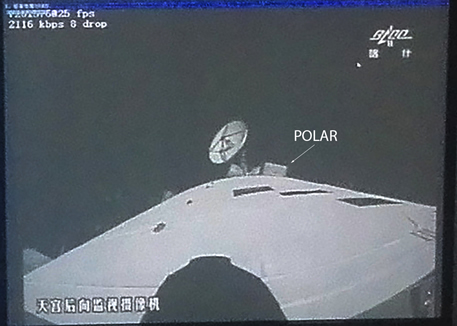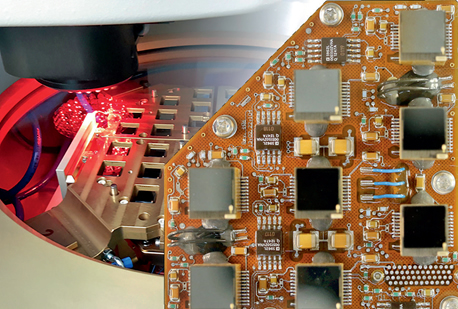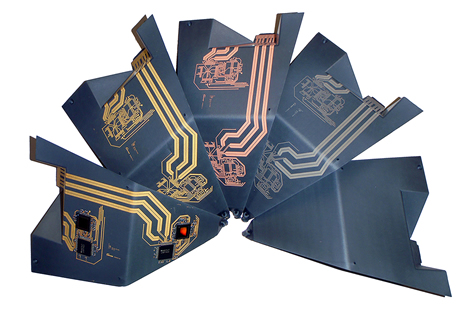Innovative electronic design & development for space
The efficient interaction of electronic components and their environment plays an important role in development of products for space. Art of Technology supports companies and universities optimising electronic designs to save both size and weight.
Written by Paul Sphikas, Sales & Marketing Manager, Art of Technology AG
Art of Technology was founded in 1999 following the completion of the EU research project "EUROPRACTICE-MCM", as a spin-off of the Swiss Federal Institute of Technology (ETH Zurich), focusing on high-density packaging and system miniaturisation. Certified to ISO-9001 and ISO-13485 (incl. medical devised and active medical implants) Art of Technology has participated in numerous EU projects, ranging from FP4 to Horizon 2020 (PHOCNOSIS).
One of the biggest dreams - to make development for space exploration - became reality thanks to when «POLAR» was launched September 15, 2016 into space and was successfully put into operation on 23 September.
«POLAR» Gamma Ray Burst (GRB) Polarimeter
In 2012, the University of Geneva was looking for a partner to help them with the electronics of their instrument to detect and measure Gamma Ray Bursts from the Chinese space station “Tiangong-2”.
"POLAR" is a highly sensitive detector that uses the Compton scattering effect. With its large field of view and a detection energy of up to 500 keV, it is used to measure the polarization of the GRB emissions. The construction of the «POLAR» detector, the only non-Chinese experiment on board the Chinese space lab «Tiangong-2», was carried out in an international cooperation project from China, France, Poland and Switzerland.
What started as a design review for Art of Technology resulted in the design, development and production of the Low Voltage Power Supply (LVPS) as well as the redesign and production of the High Voltage Power Supply (HVPS).

«POLAR» in Space, ©ISDC
«STIX» Spectrometer Telescope for Imaging X-rays
Due to the good work performed for «POLAR», the scientific program of the ESA (PRODEX) recommended Art of Technology as partner for the development of a Detector Electronics Module (DEM) for the X-ray telescope. Developed and built under the direction of the University of Applied Sciences and Arts North-western Switzerland (FHNW), the «STIX» telescope is and is expected to fly on board the space probe Solar Orbiter with towards the sun in October 2018.

Alignment of Detector Electronics, © Art of Technology AG / Almatech SA
The space probe will approach the Sun up to a quarter of the Earth-Sun distance (45’000’000 km), closer than any other before, and will rotate with the Sun, observing a certain portion of the surface for longer periods of time without interruption. The special orbit - inclined towards the ecliptic - will allow observation of the polar regions of the Sun with unprecedented sharpness allowing direct measurement of solar winds and charged particles near their origin.
Art of Technology was responsible for the design and implementation of the sensor electronics for the STIX instrument, consisting of cooled sensors, high voltage processing and readout electronics.
3-dimensional Moulded-Interconnect-Devices
The use of high-temperature thermoplastics and structured metallisation allows the integration of mechanical, electronic, optical and thermal functions in a confined space. This results in a high degree of geometric design freedom as well as the possibility of miniaturisation of assemblies and a corresponding reduction in size and weight. Current commercial applications are sensors, antennas (especially in the mobile sector), 3D wiring and circuit carriers, housings and connectors, as well as the integration of optical functions, where 3D-MID is becoming increasingly important LED technology.

3D-MID Camera System (5 stages of production).
The European Space Agency (ESA) has commissioned Art of Technology to characterise the suitability of 3D-MID materials, technologies and manufacturing processes for use in telecoms applications in space. Possible applications of interest are position sensors, actuators, switches and antennas where 3D-MID would allow the integration of sensors into complex structures, or system miniaturisation via the integration of shielding, cooling and housings with potentially significant weight savings.
SME as a supplier for space applications
As one of the few independent developers of space electronics in Switzerland, Art of Technology specialises in the design, development and miniaturisation of complex customer specific electronic devices and embedded systems for use in industrial, medical and space applications and other extreme environments (ATEX).







